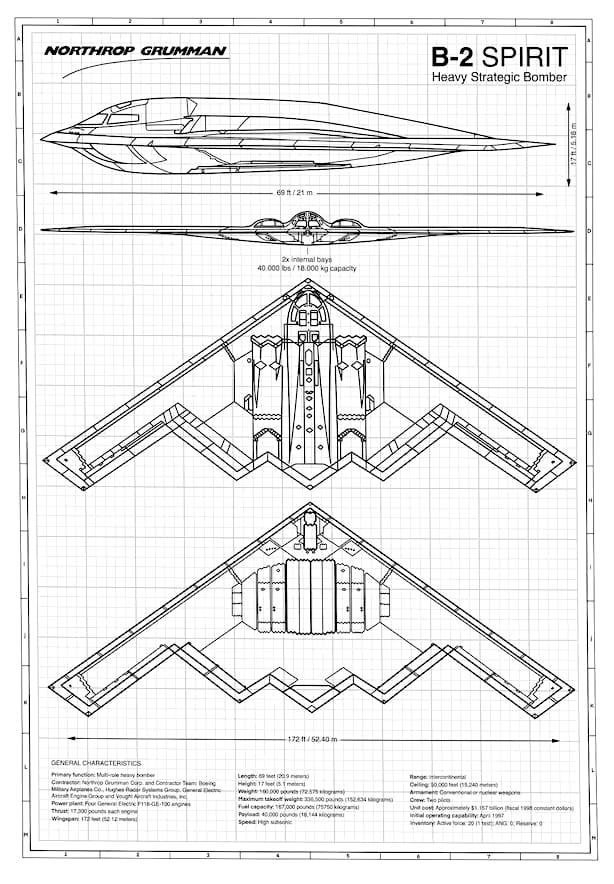
In Brief
Situation Report & Recent Developments
As of early April 2025, satellite imagery and defense sources confirm the presence of up to six B-2 Spirit stealth heavy strategic bombers stationed at the base.
These aircraft, representing nearly one-third of the U.S. B-2 fleet, are designed for long-range, deep-strike missions and are capable of carrying both conventional and nuclear payloads, including the Massive Ordnance Penetrator intended for hardened underground targets.
The timing and composition of this deployment point to a deliberate show of force amid escalating tensions with Iran and ongoing U.S. military operations against Iranian-aligned Houthi militias in Yemen.
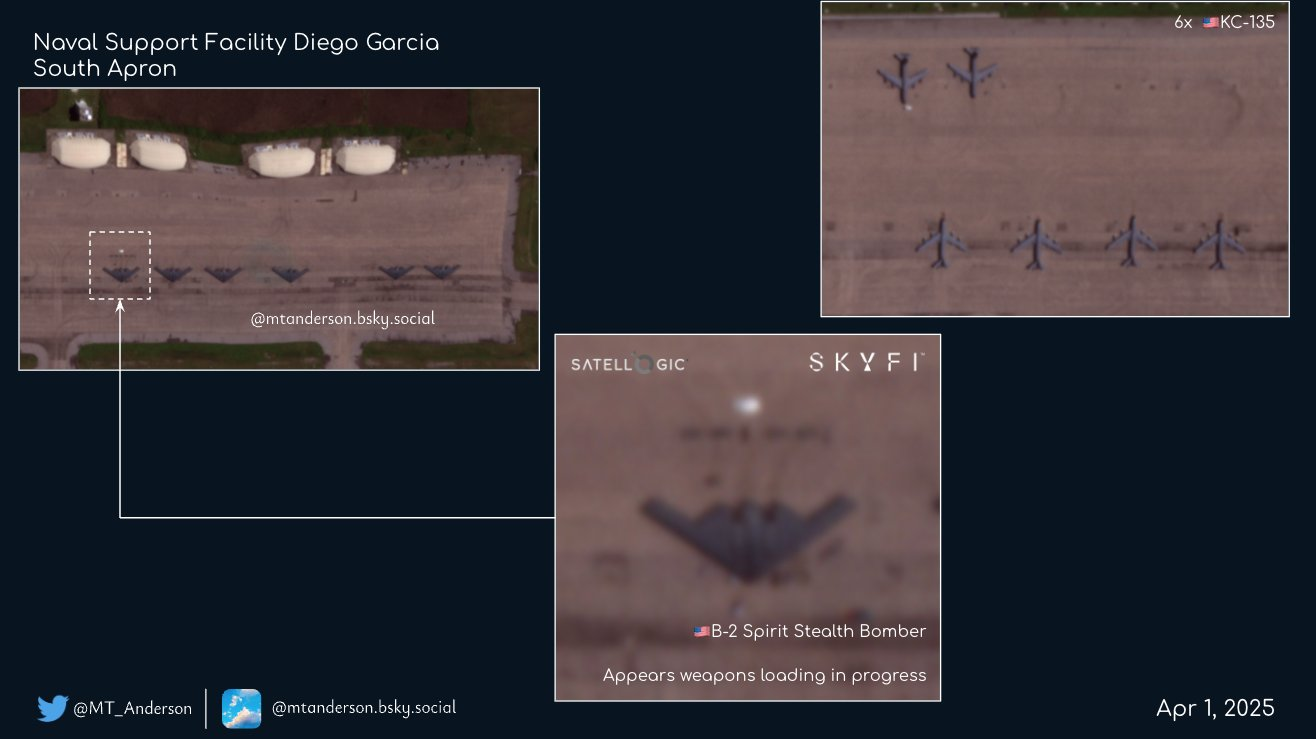
Diego Garcia’s geographic placement roughly halfway between East Africa and Southeast Asia gives it exceptional value as a logistical and operational hub. It offers the U.S. rapid strike capability across a vast swath of strategic airspace, including the Persian Gulf, Arabian Sea, and parts of East Asia.
Its isolation offers operational security, a relatively low risk of attack compared to land bases in contested territories, and the ability to support a broad range of strategic assets, including bombers, reconnaissance aircraft, and naval forces.
At a time when both the Middle East and the Indo-Pacific are experiencing growing instability, the U.S. is clearly leveraging Diego Garcia as a keystone in its flexible deterrent posture.
Targeting Tehran's Nuclear Ambitions
The possibility of a preemptive strike on Iranian nuclear infrastructure is no longer theoretical.
Reports from Israeli and American defense sources suggest the two allies have been conducting joint planning exercises aimed at crippling Iran’s nuclear capabilities in what has been described as a “long-overdue” military option.
In this context, the forward placement of stealth bombers at Diego Garcia could serve either as a bluff meant to force Iranian compliance through psychological pressure or as an actual staging operation for a strike if diplomatic channels break down.
President Donald Trump has publicly reiterated a hardline stance on Iran, issuing warnings that, absent a new nuclear agreement, the U.S. would unleash unprecedented military strikes.
His rhetoric has been matched with real-world military signaling. In one instance, he posted a video of a U.S. drone strike on Houthi fighters, using it as a demonstration of American reach and resolve.
Iranian military leaders have reacted with fury, calling for an "immediate retaliatory strike" on Diego Garcia itself—an unusual and highly provocative threat that signals how central the base has become in the regional security equation.
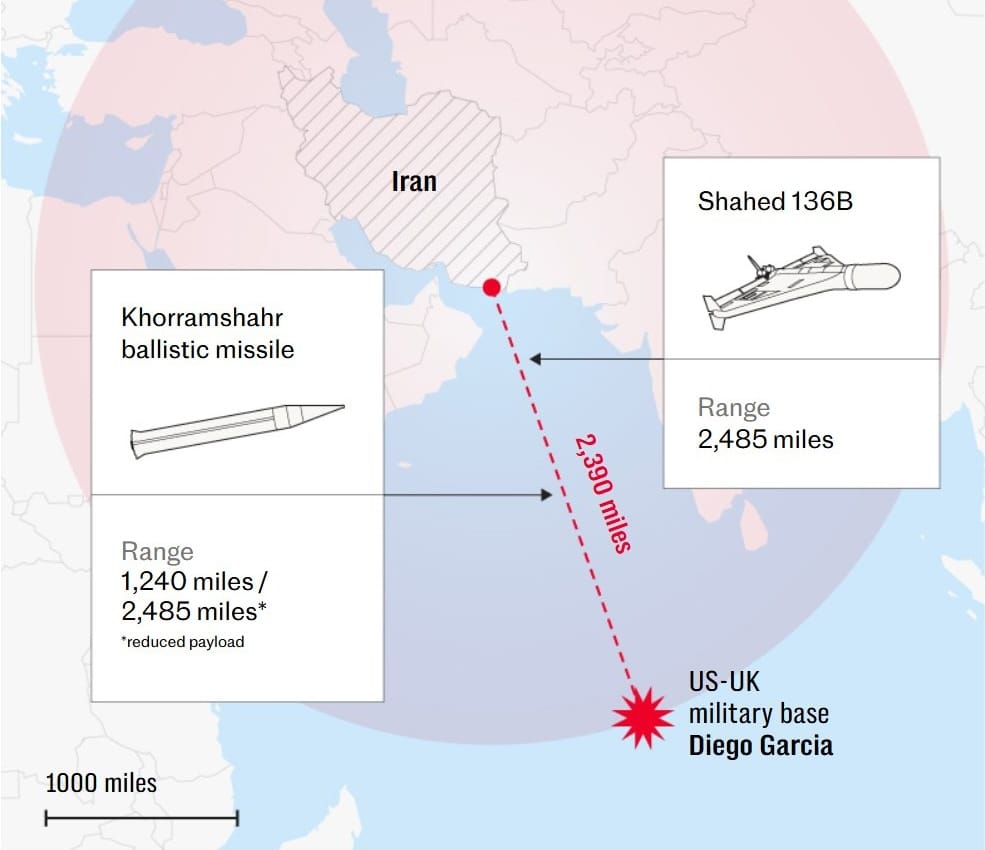
The Campaign Against Yemeni Houthis
Concurrently, the situation in the Red Sea and Gulf of Aden has deteriorated, with Houthi forces continuing to target maritime traffic and U.S. regional allies.
The Biden and Trump administrations have both supported more aggressive air campaigns to deter Houthi aggression. Diego Garcia's role in these missions—both as a launch site for strikes and as a support node for surveillance operations—has grown accordingly.

Sovereignty and Security Concerns
Beyond the immediate military context, there are underlying geopolitical shifts that complicate Diego Garcia’s status. In late 2024, the United Kingdom agreed to begin transferring sovereignty of the Chagos Archipelago, which includes Diego Garcia, to Mauritius.
Although the agreement includes provisions allowing continued U.S. and U.K. military presence under a long-term lease, the shift in nominal sovereignty has raised alarms in Washington.
Notably, U.S. Senator John Kennedy and others have voiced concerns that Mauritius might fall under Chinese influence—especially given Beijing's Belt and Road initiatives in the Indian Ocean region.
In such a scenario, the U.S. could face legal or diplomatic complications over its continued use of the facility.
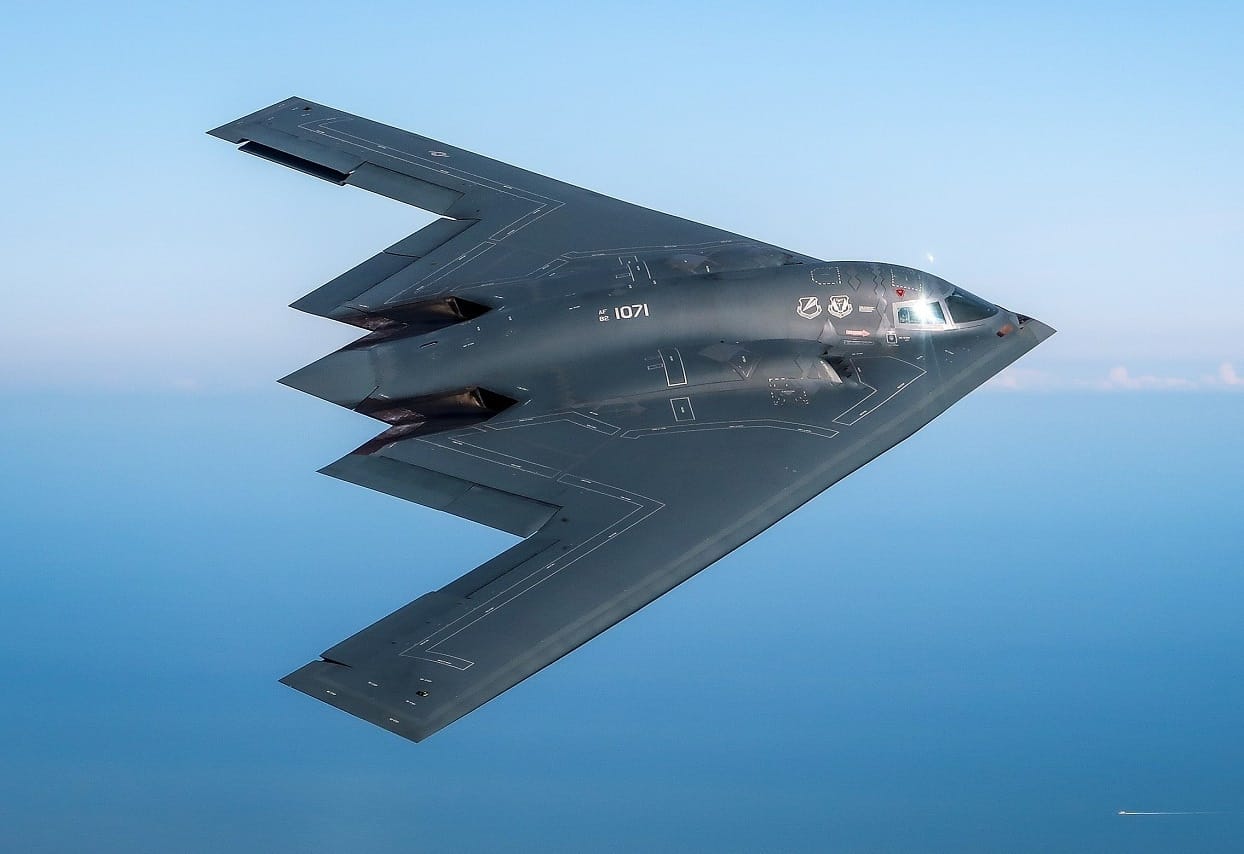
What's Next for Diego Garcia NSF
As of now, however, Diego Garcia remains fully under American control, with its military infrastructure modernized and its strategic utility undiminished.
The recent deployments are a signal not just to adversaries like Iran, but to regional powers and global observers that the U.S. is prepared to project force far beyond its borders.
Whether this posture results in a deterrent effect, a diplomatic breakthrough, or direct military conflict remains to be seen.
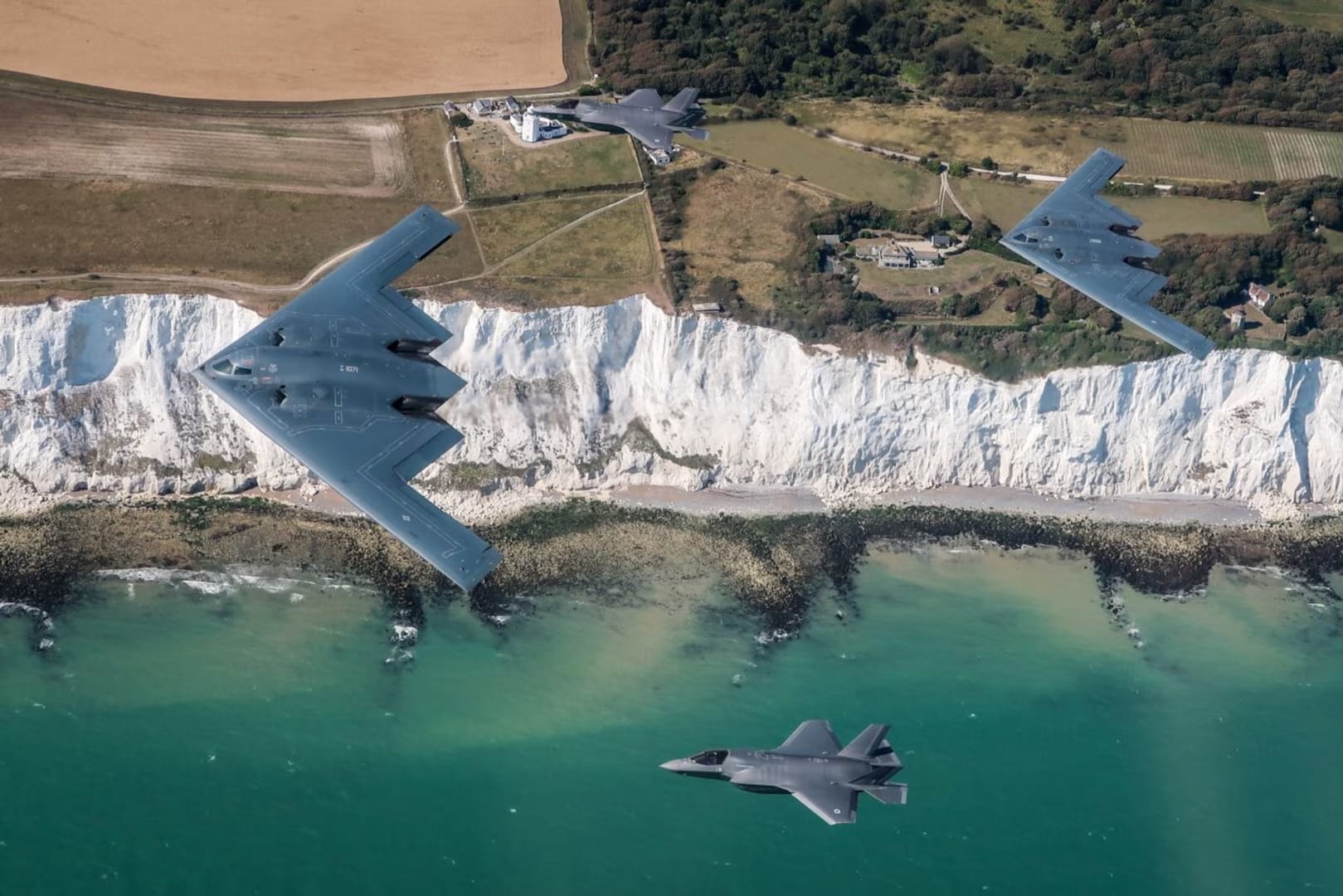


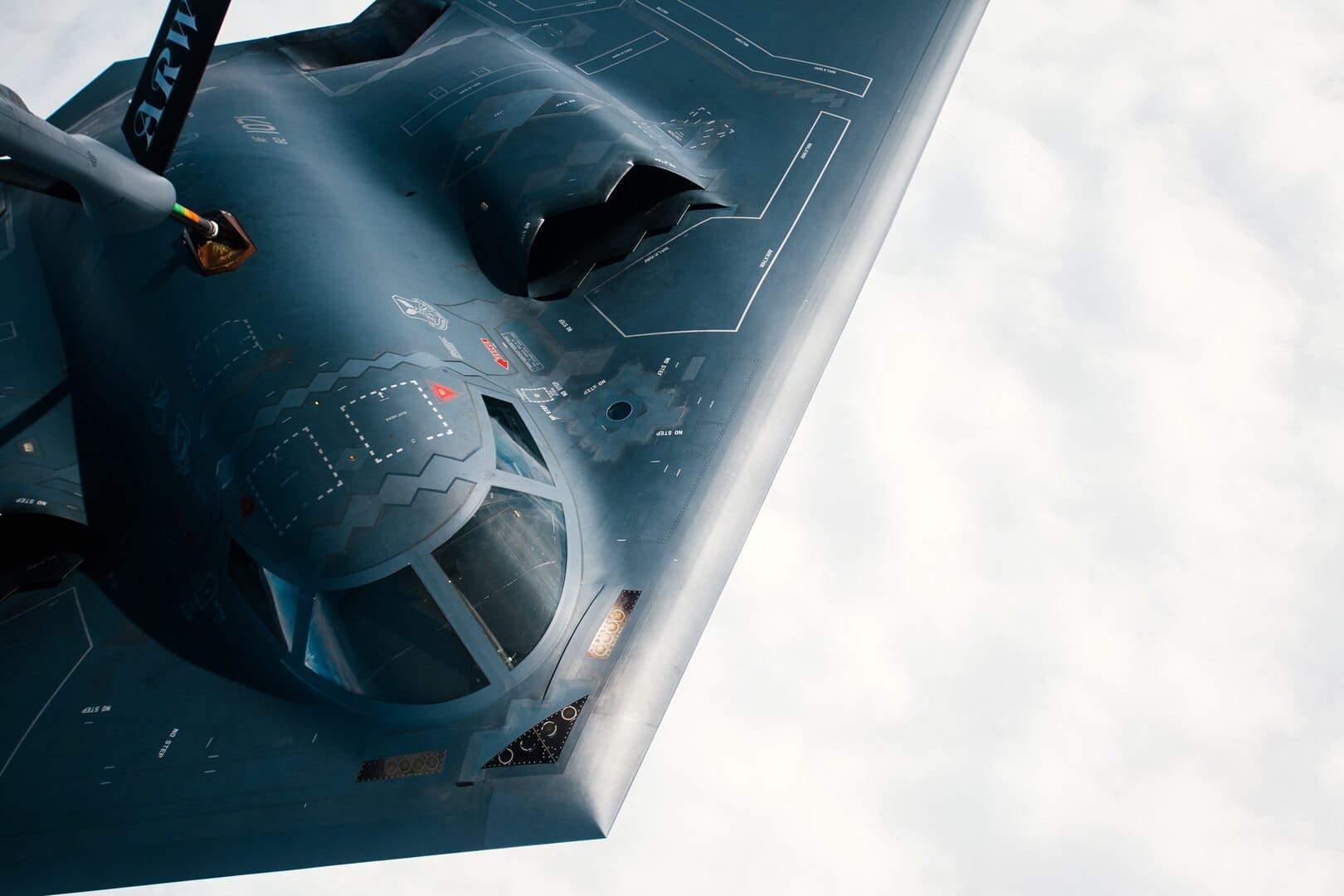

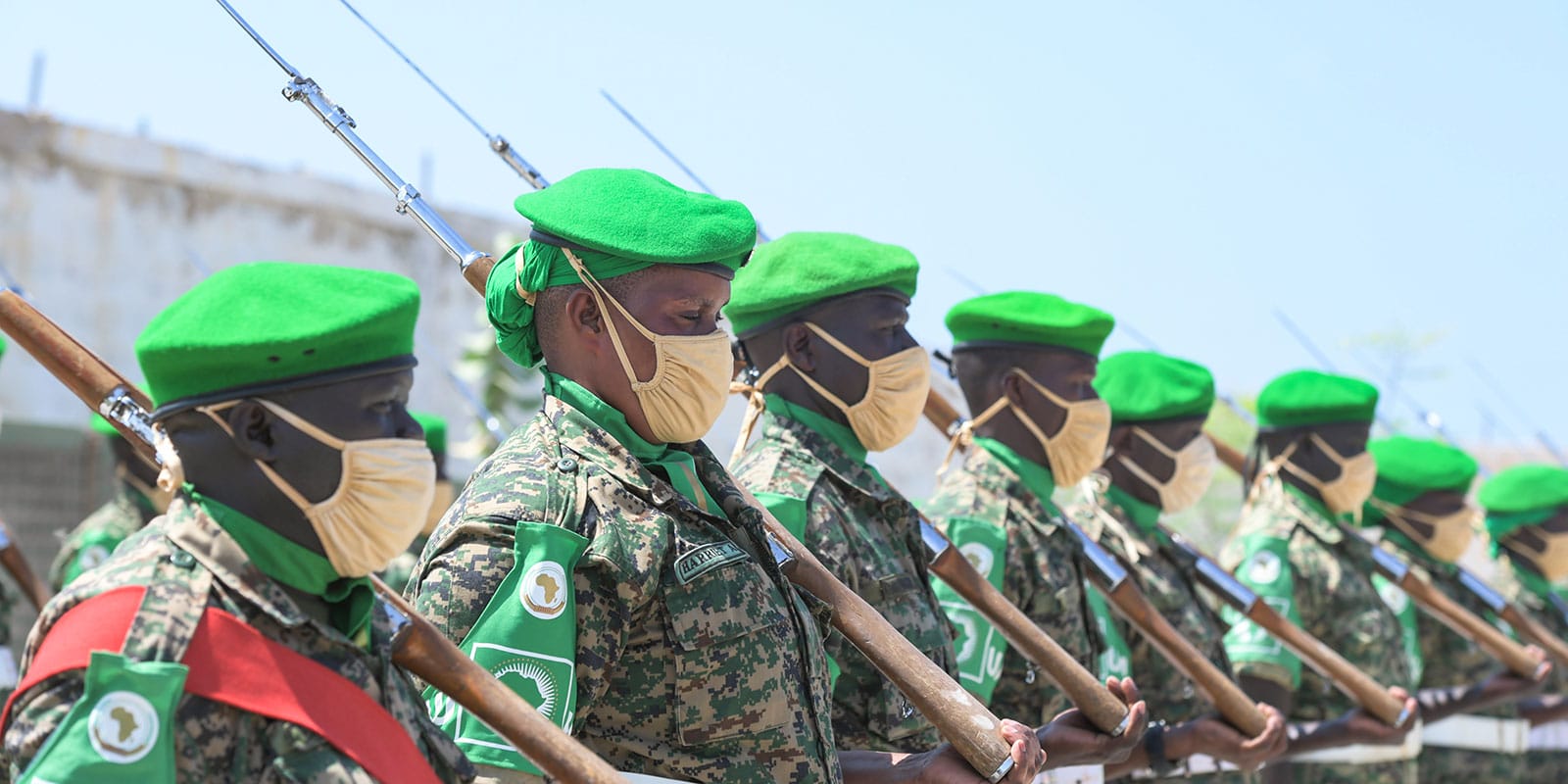

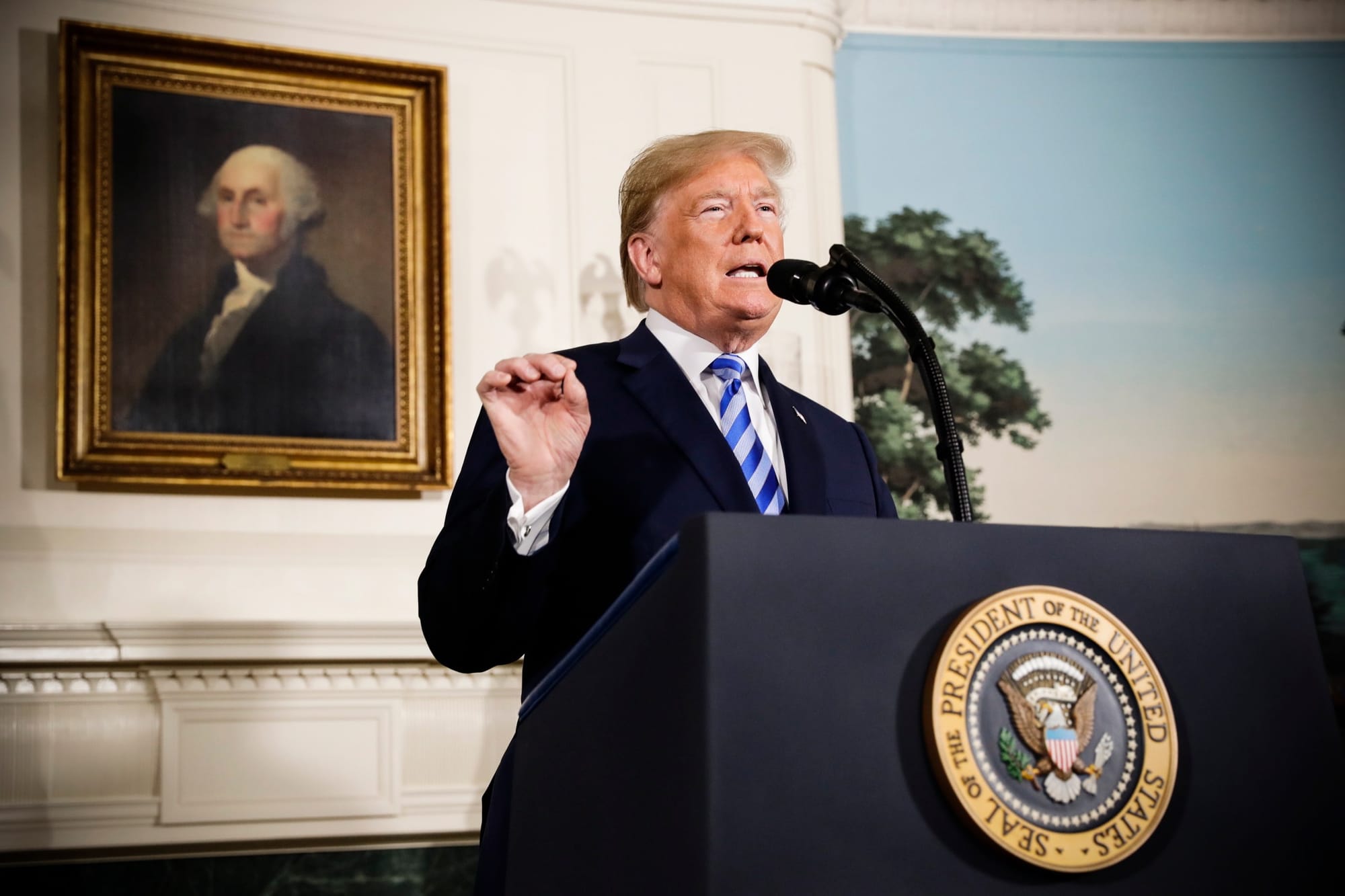
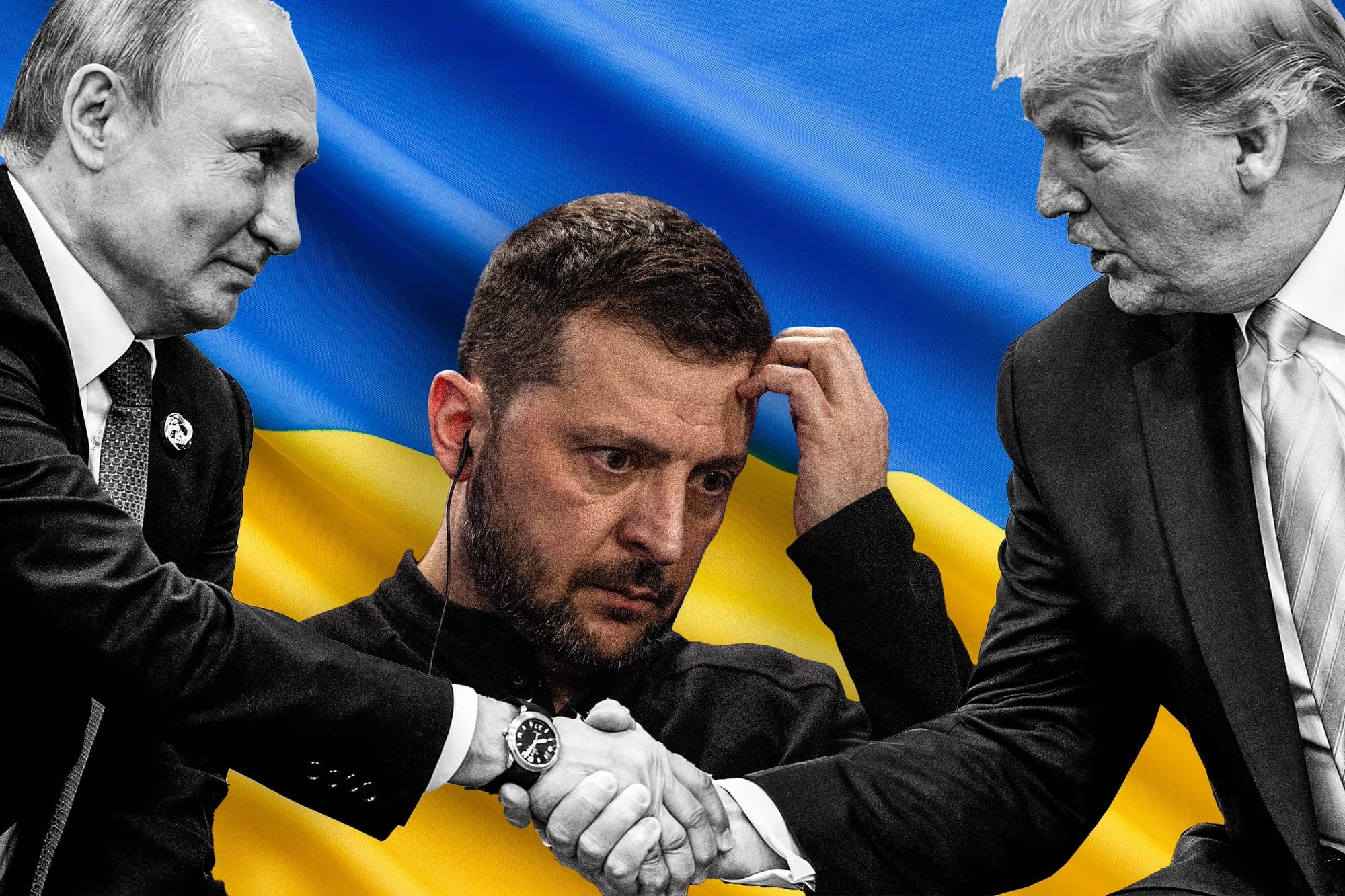

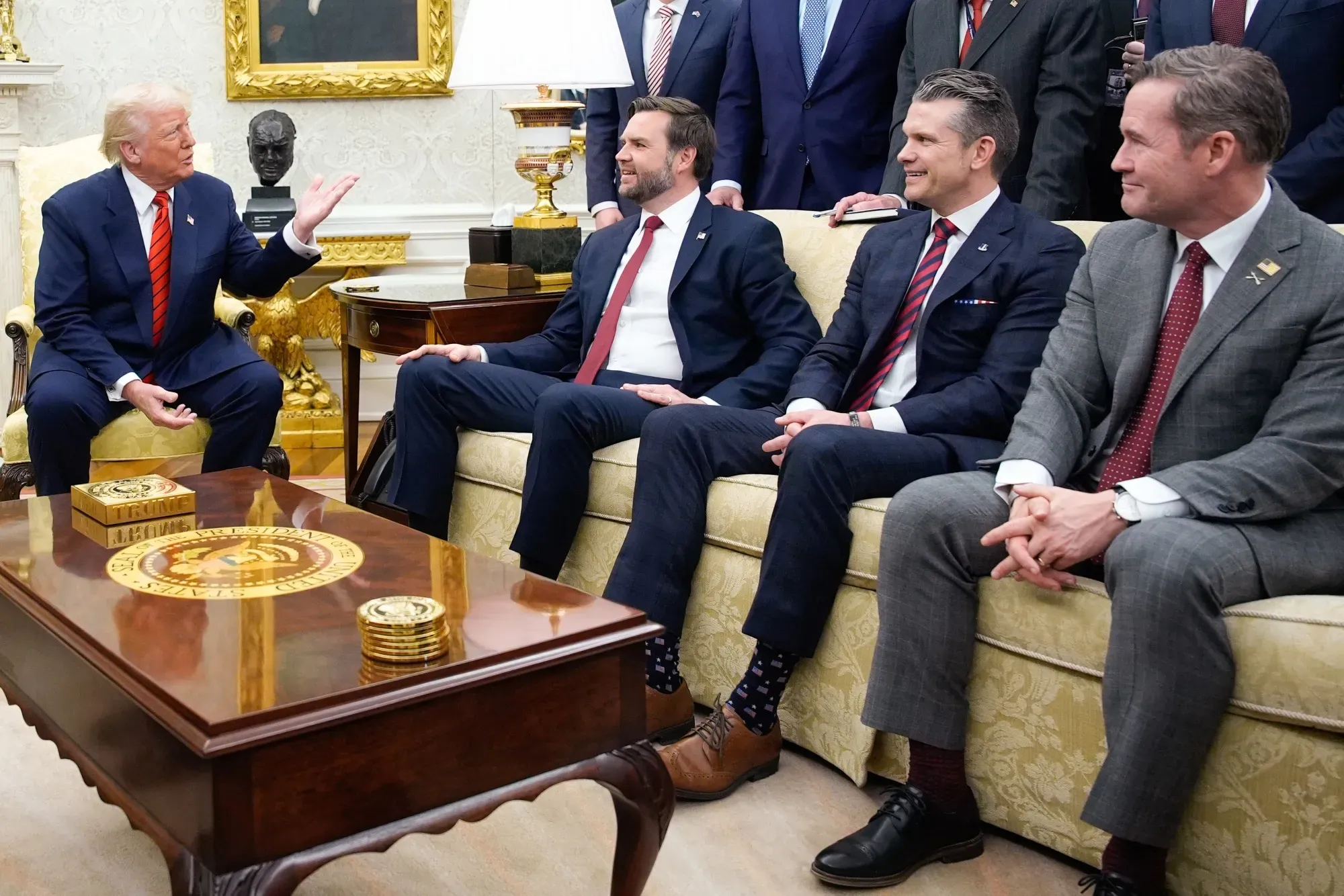
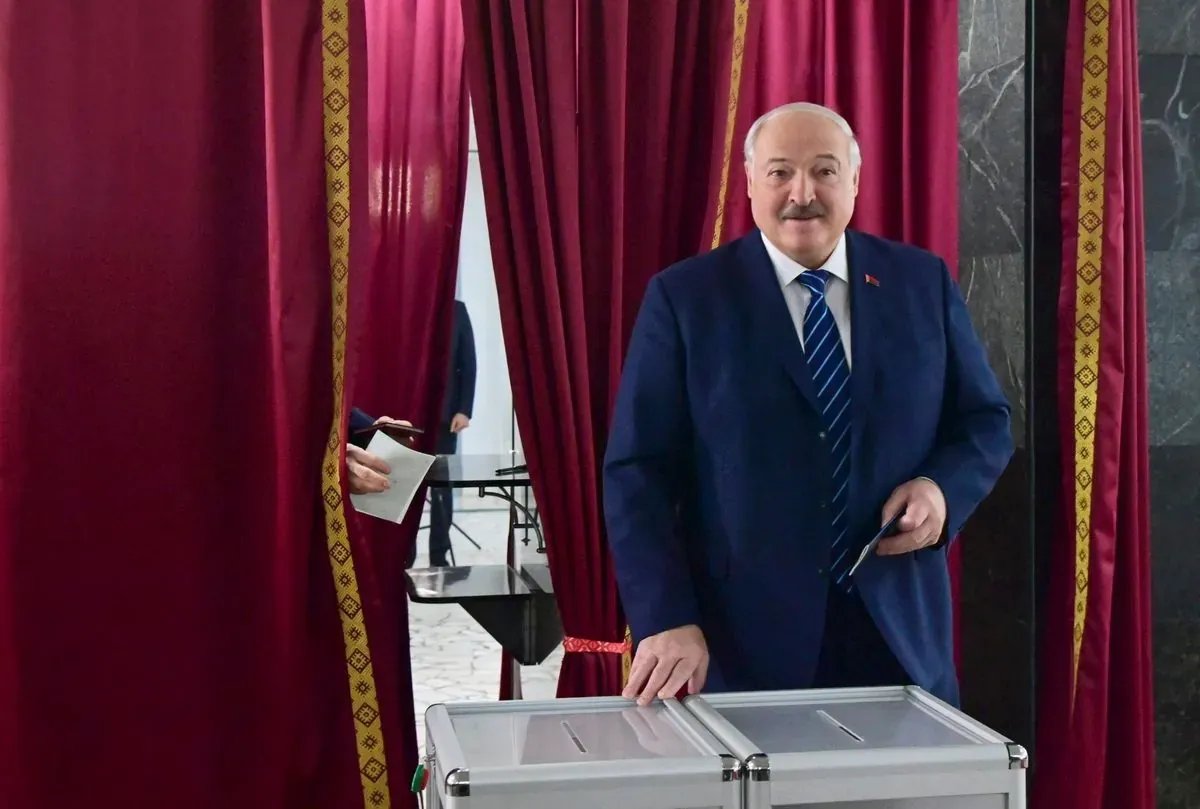
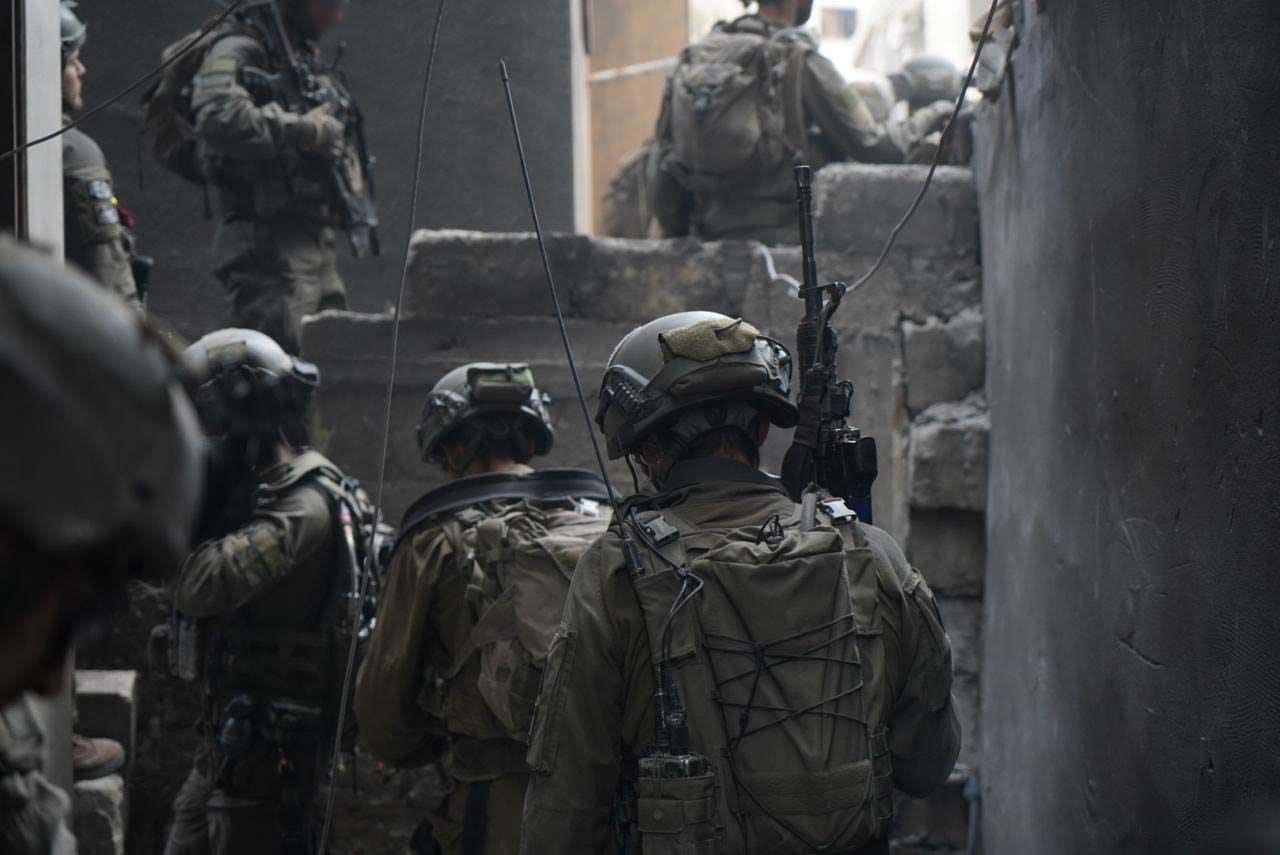

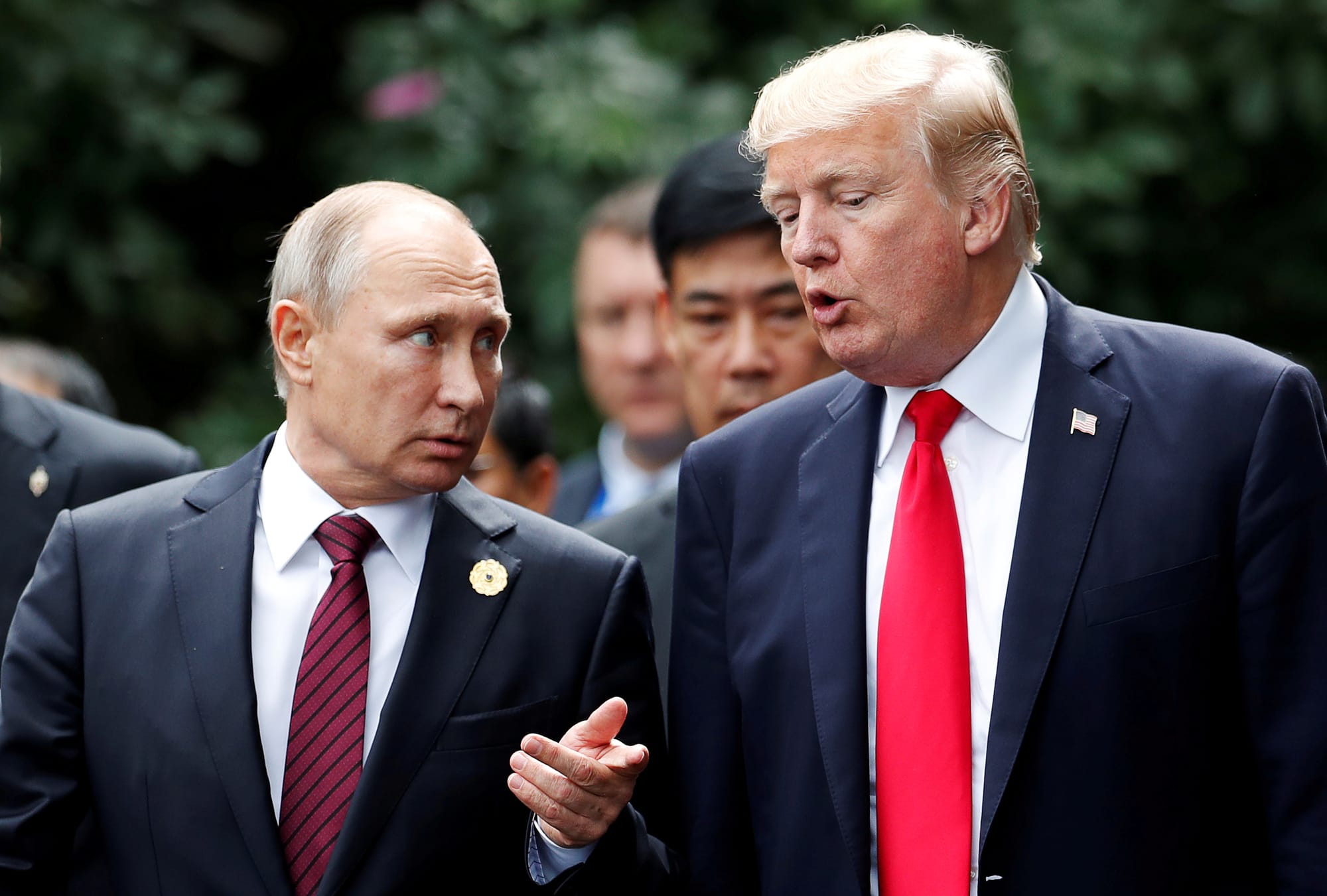
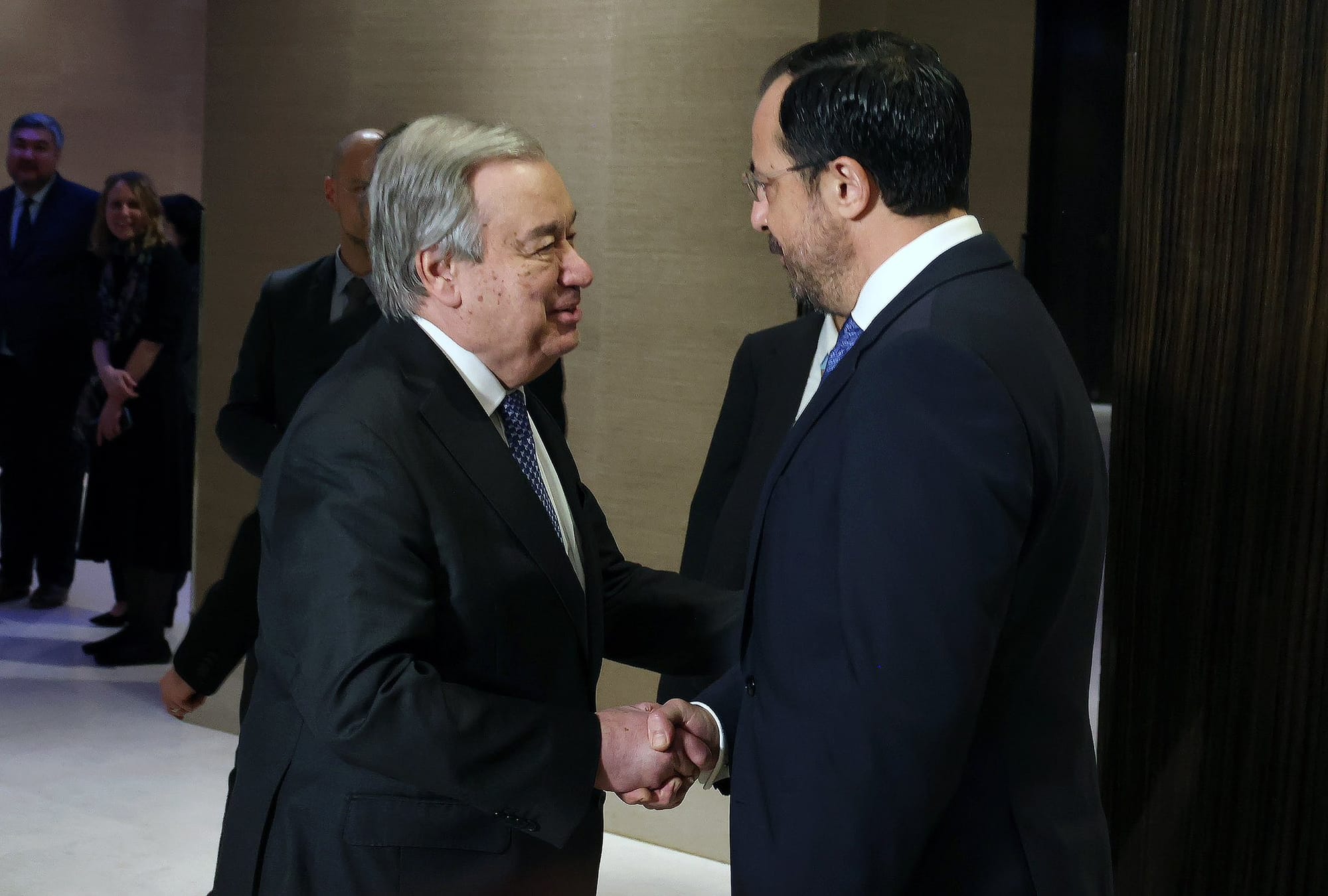
Discussion